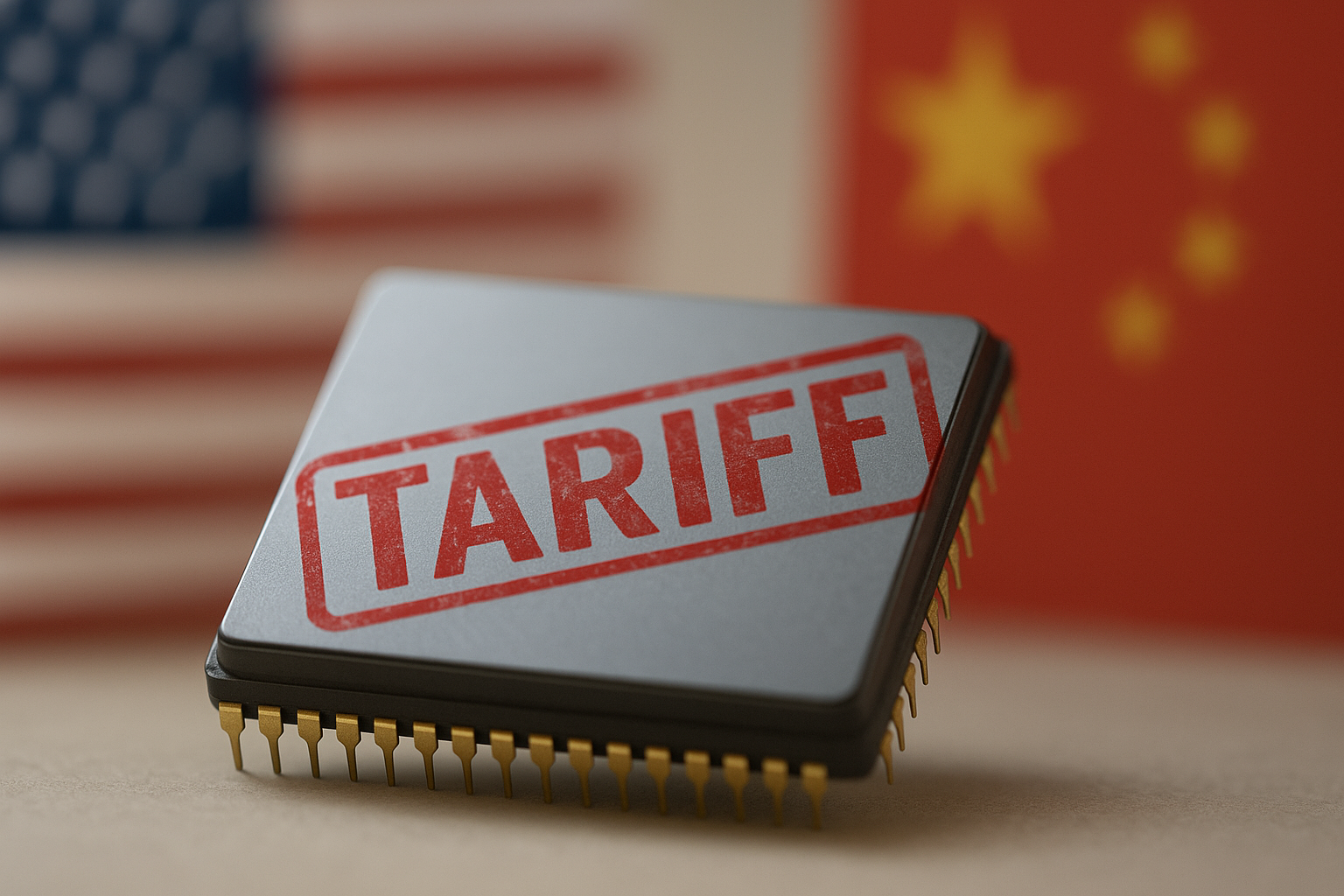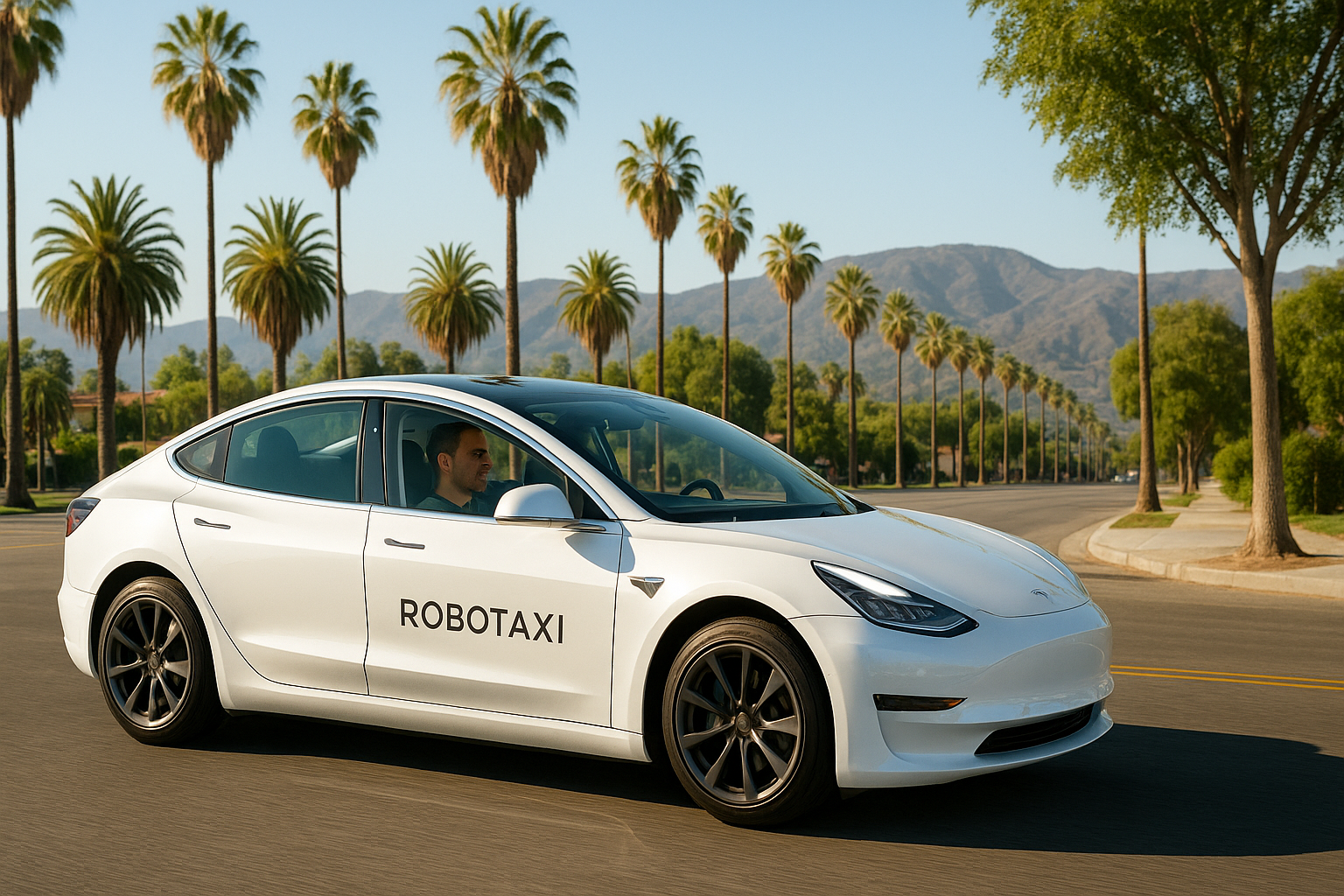The markets took a nosedive this week as corporate America started wrestling with what Trump's tariff proposals might actually mean for their bottom lines. But while Wall Street types are busy debating the big-picture economic impact, there's a much more practical conversation happening behind closed doors at major companies: "How much of this pain can we dump on consumers without them noticing?"
Let's be real. Tariffs are just taxes on imports, dressed up in patriotic clothing. When companies suddenly have to pay more for the stuff they import, they've basically got three options: eat the costs (yeah, right), find magical efficiencies elsewhere, or jack up prices. Take a wild guess which path most will choose.
I've covered corporate pricing strategies since the last tariff showdown in 2018, and one thing became crystal clear: companies with what economists call "pricing power" are the ones who sleep easy during tariff wars. They're the brands you'll pay extra for no matter what.
Apple sits at the top of this food chain. Their China-dependent supply chain makes them especially vulnerable to the proposed 60% tariff on Chinese imports. But does anyone seriously believe Tim Cook is losing sleep over this? The company that convinced us to pay $999 for a phone will simply roll out the $1,899 iPhone 16 Pro, and millions will still line up to buy it. That's pricing power in its purest form.
Walmart and Target face a tougher balancing act. Their aisles are packed with Chinese-made goods, but their customers tend to notice when the price of everyday essentials jumps overnight. During the last tariff round, these retailers absorbed some costs while strategically raising others. This time? With tariffs potentially hitting 60% on Chinese goods, expect steeper price hikes, especially on products where you're less likely to notice—seasonal decorations, kitchen gadgets, those random endcap impulse buys.
The auto industry is particularly fascinating to watch. Ford, GM, and Stellantis—ostensibly "American" carmakers—actually operate global manufacturing puzzles. A "domestic" vehicle might contain transmissions from Japan, electronics from Taiwan, and final assembly in Mexico. With a proposed 25% blanket tariff on all vehicle imports, expect sticker prices to climb $2,000-$7,000 depending on the model.
EVs? That's where things get really interesting. Despite Tesla's American manufacturing footprint, their dependence on Chinese battery components makes them surprisingly vulnerable. (Having toured their Fremont factory last year, I can tell you firsthand how global their supply chain truly is.)
Home appliance manufacturers are practically salivating at the opportunity. Remember when washing machine prices jumped 12% during the last tariff round? That was with much lower tariff rates. Companies like Whirlpool will claim they're "forced" to raise prices while quietly enjoying the widened margins.
Now, here's the really sneaky part—what I call "tariff camouflage pricing." Some companies won't just pass through the actual tariff costs... they'll use the situation to push through even bigger increases. It happened in 2018, and it'll happen again. When consumers are already expecting prices to rise because of widely-reported tariffs, their sensitivity to price changes temporarily decreases. Pricing executives know this psychological window doesn't stay open long.
The biggest winners? Possibly domestic manufacturers who compete with imports but don't face tariffs themselves. When foreign competitors are forced to raise prices, American producers can raise theirs too—not quite as much, maintaining their competitive edge, but enough to fatten margins. U.S. Steel did exactly this during the last tariff round. Their costs didn't change at all, but their prices sure did.
There are exceptions to this pricing free-for-all. Companies locked in brutal competition with easy substitutes (think Coke vs. Pepsi) will move more cautiously, raising prices in lockstep to avoid disrupting market share. And businesses with nimble supply chains might actually reroute production through non-tariffed countries—Vietnam and Malaysia are already fielding calls, I'd bet.
What makes this round of tariff talk particularly dicey is the timing. We're already dealing with inflation fatigue. Many households have depleted pandemic savings. Adding another wave of price increases could be the final straw that breaks consumer spending.
How bad could it get? The last round of tariffs cost the average American household about $831 annually, according to Federal Reserve studies. This proposed round looks substantially more aggressive.
While politicians debate whether tariffs actually achieve their stated goals (spoiler alert: the evidence is mixed at best), companies have moved past the philosophical debate to the practical: "How do we protect our margins?" For most, that protection comes directly at your expense.




